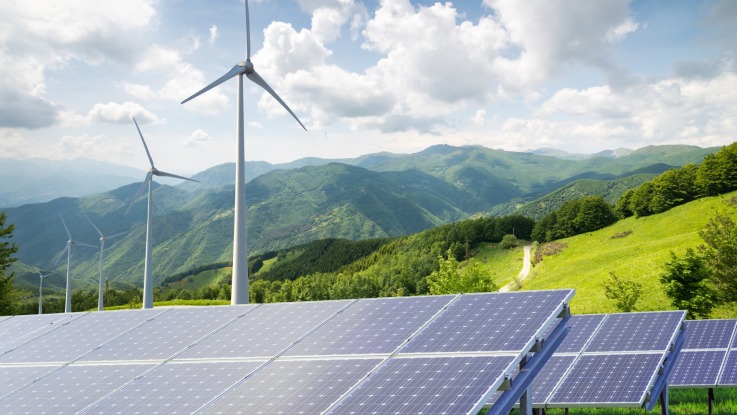What is Green Technology?
Green technology refers to the development and use of technologies that minimize the negative impacts of human activities on the environment and society. It encompasses a wide range of products, services and practices that support a more sustainable future.
Often known as “green tech,” the concept is gaining attention as the world seeks ways to address climate change. The creators of green technology use scientific knowledge and innovation to help conserve natural resources, reduce greenhouse gas emissions and promote the use of renewable energy.
Why is Green Technology important?
Green technology initiatives play an important role in addressing climate change. Greenhouse gas emissions from human activities (such as burning fossil fuels and deforestation) are producing unprecedented levels of carbon dioxide in the Earth’s atmosphere. These concentrations lead to global warming and its consequences, including rising sea levels, extreme weather events and ecosystem disruption. According to the Intergovernmental Panel on Climate Change (IPCC), immediate steps must be taken to limit global warming to 1.5°C (34.7°F) above preindustrial levels.1
Adopting sustainable technologies can help mitigate emissions and reduce the carbon footprints of countries and companies. They can conserve resources, preserve biodiversity and reduce ecosystem disruption. But the benefits of green technology extend beyond environmental protection.
Type of Green Technology
Renewable energy
Also known as clean energy or green energy, renewable energy is generated from natural sources that are replenished faster than they are used. Power sourced from renewable resources and alternative fues generally produces zero carbon emissions and minimal air pollutants. Types of renewable energy sources include solar energy, wind power, hydroelectric power, geothermal energy and biomass. Solar panels and wind turbines are common examples of this technology.

Energy efficiency
Monitoring and optimizing energy consumption can reduce both waste and costs. From a green technology perspective, it involves creating or improving products and systems to use less energy. Examples of this technology in action include energy-efficient appliances and LED lighting, energy storage technologies, smart meters and energy management systems.

Waste management
Green technology can help make the disposal of resources and products more sustainable. Waste management technologies include advanced recycling facilities that convert waste into valuable resources, such as energy or raw materials for manufacturing. They also include waste-to-energy systems that use controlled incineration to convert waste products into power.